
I was sent to be in the midst of people, to see everything and to reject nothing.
— R.M. Rilke
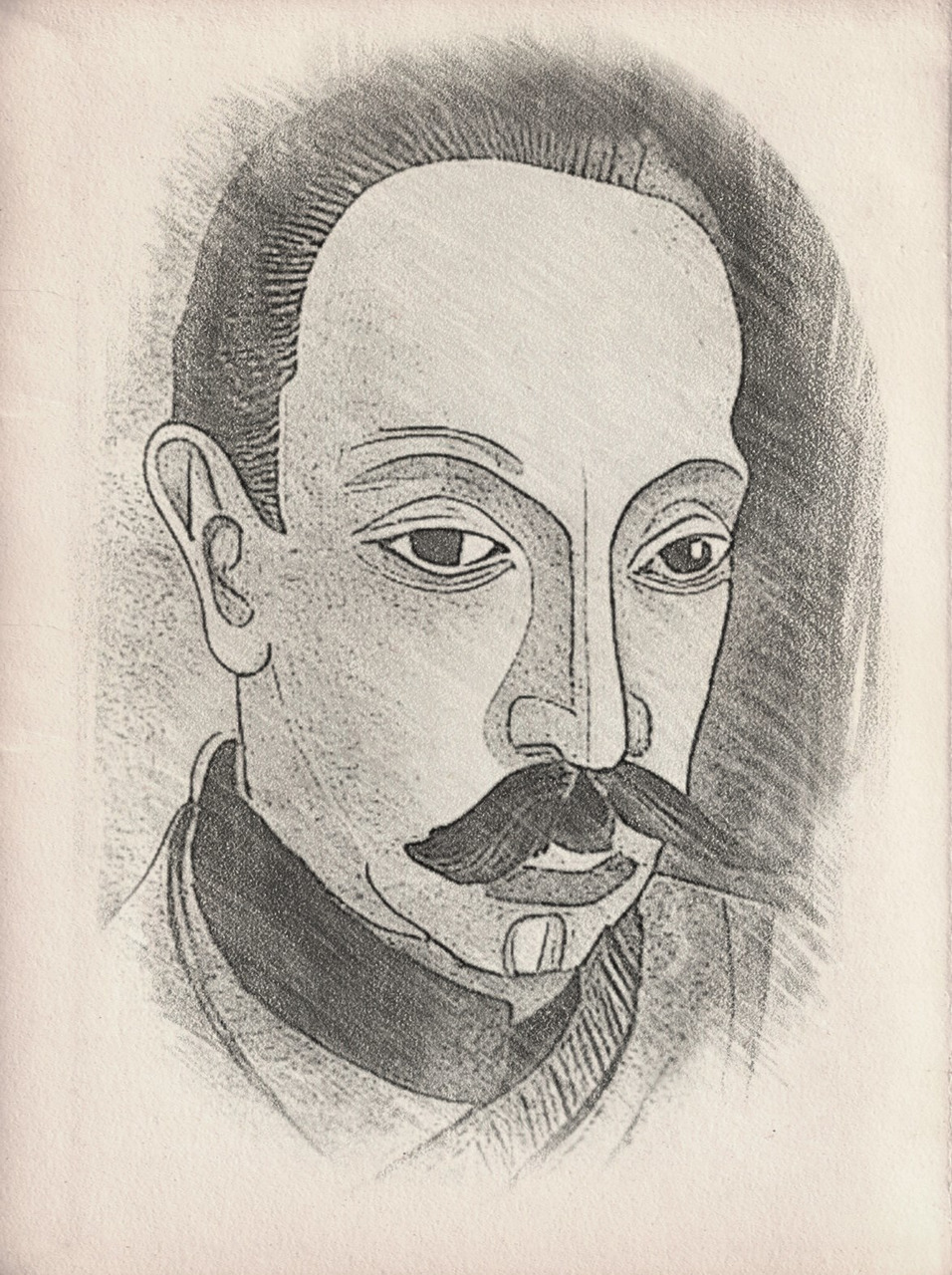
*
Some Notes on the Booklet
This book continues my Buddha-Rilke series, in which the outstanding poet, mystic and visionary Rainer Maria Rilke (1875—1926) appears as… a Zen master.
The booklet contains three short etudes which, from different angles, reveal the poet´s spiritual formation during the period of his ´Middle Way´.
The first and third etudes are the poet´s dialogues with Gautama Buddha on the great unity and right understanding of things, the way of the bodhisattva and the five meditations of the heart. In the second etude, the poet appears as the protagonist not only of his famous poem ´Buddha in Glory´, but also of the great Tantra of Tibetan Buddhism, The All-Creating King.
Rilke´s voice is authentic in all the dialogues. All his words are quotations from his letters; they are given in my translation. The sayings of Gautama Buddha are taken from The Gospel of Buddha by Paul Carus (1852—1919), Project Gutenberg, and are quoted with the characteristics of the original.
To make the text easier to read, speech marks have been removed from all the dialogues.
The booklet contains a large number of varied and thought-provoking illustrations, among which I would like to mention the public domain works of Odilon Redon (1840—1916), the remarkable French Symbolist artist. Among my own drawings, the reader will find some Zen-like fantasy portraits of Rilke. One such portrait appears on the cover of the book.
All the images used to create the collages in the book are in the public domain, including photographs from the early 20th century, except for those from my personal archive.
I hope that this booklet, like all the others, will surprise the reader and show the great poet in a new light.
*
The books from Buddha-Rilke series:
Zen Master Rilke: We Are the Bees of the Invisible, 2023.
Zen Master Rilke: There Are No Teachings, 2023.
Zen Master Rilke: The Gatha of the Idiot Who Plays Ball, 2023.
About the Correct Comprehension of Things
There are beings whose eyes are scarcely covered with dust…
— Gautama Buddha
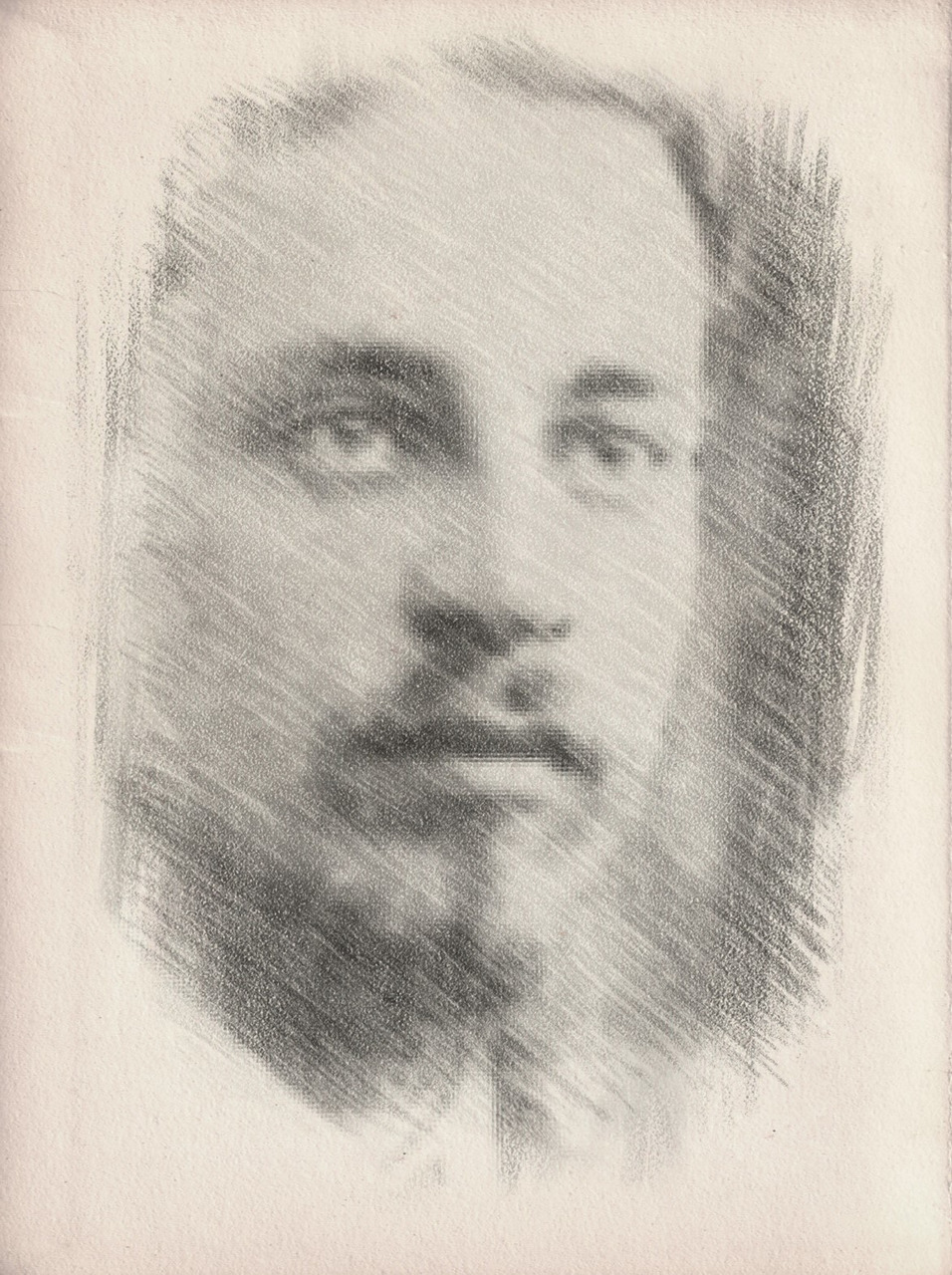
*
In Rodin´s Sanctum Sanctorum
He has raised his world above us in a magnificent vault and placed it in the midst of nature.
— R.M. Rilke, Auguste Rodin
Every artist worthy of the name must express the whole truth of nature: not only the outer truth, but above all the inner truth.
— Auguste Rodin
In 1902, Rainer Maria Rilke, then a little-known but very ambitious and promising writer, the author of ´eight or nine books´ and several dramas which, in the poet´s own words, ´received only ironic comments after their performance in Berlin´, faced a serious crisis in his philosophy of life. It is hard to believe that after two inspiring and eventful journeys to Russia, the results of which led Rilke, in his God-seeking impulse, to write two delightful parts of The Book of Hours, the young man was literally on the verge of despair. Without a permanent home, devastated, losing faith in himself, he felt ´like a dead man in an old grave´.
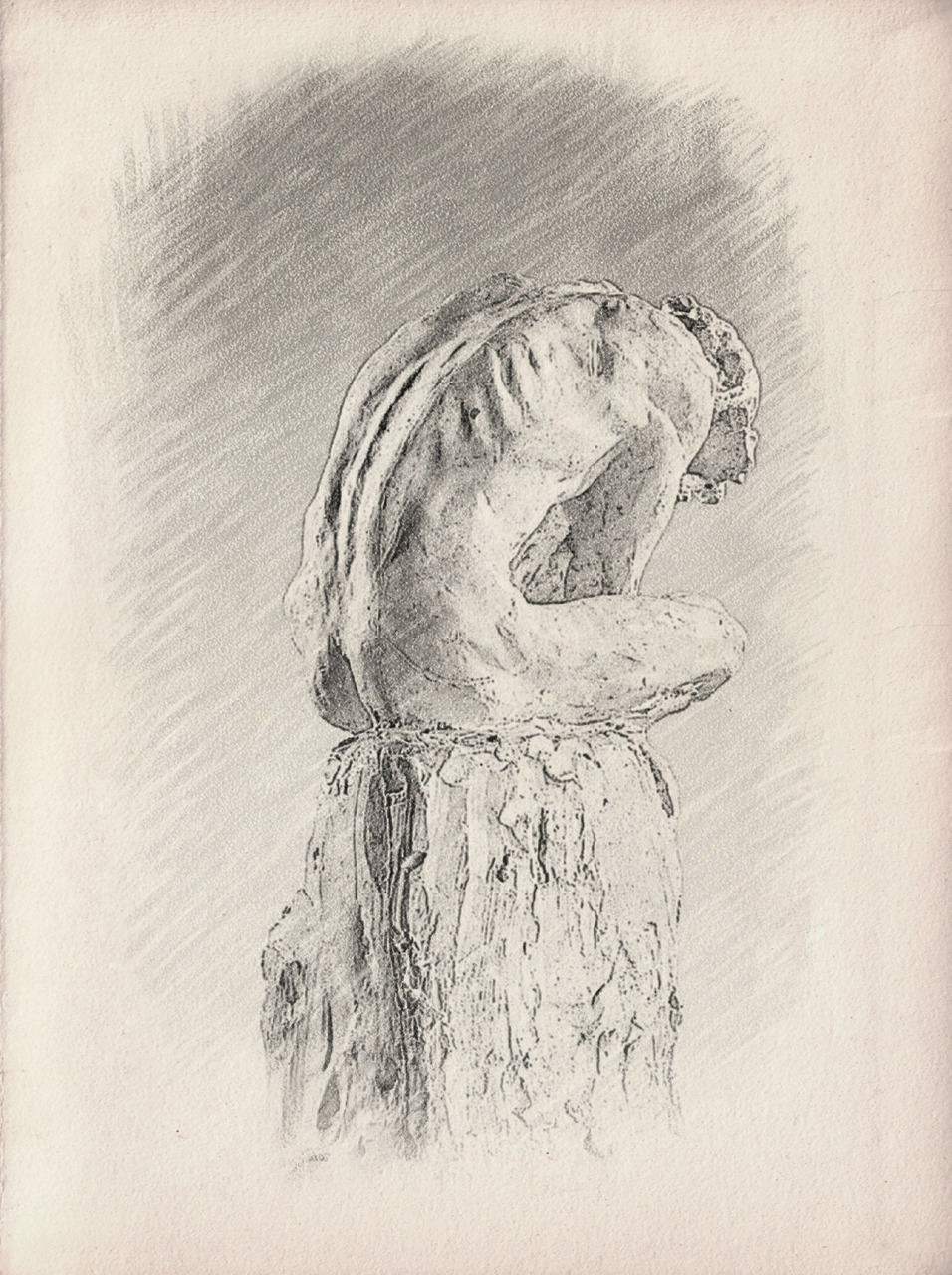
Nothing about me is real. I keep crumbling and disintegrating.
the poet bitterly describes his creative impotence. But a ghostly hope still warmed his soul, ´cast into the abyss of desolation´: it was a happy coincidence that he was commissioned by a prestigious publisher to write a book about his then idol, a famous contemporary, ´hardly the greatest of the living´, the sculptor Auguste Rodin.
On 1 August 1902, Rilke, who had never needed a spiritual guide so much, wrote an enthusiastic letter to the hero of his future book: the poet was thrilled at the mere thought that he would soon have the opportunity to ´approach´ the ingenious master, the creator of immense power, and perhaps receive from him true advice, a saving blessing, communion from the ´hands that create greatness´. In such an atmosphere of exaltation, it seems quite natural that Rilke, who did not even know Rodin in absentia, should call him nothing less than ´my Master´:
My Master,
I have written to you from Haseldorf that I am coming to Paris in September to prepare the publication of a book on your work. But I have not yet told you that it will be a great event for me, for my work (work as a writer, or rather as a poet), to come close to you. Your art is such (I have felt this for a long time) that it knows how to give bread and gold to painters, poets and sculptors: to all artists who have set out on the path of suffering and who want nothing more than that ray of eternity which is the supreme goal of creative life.
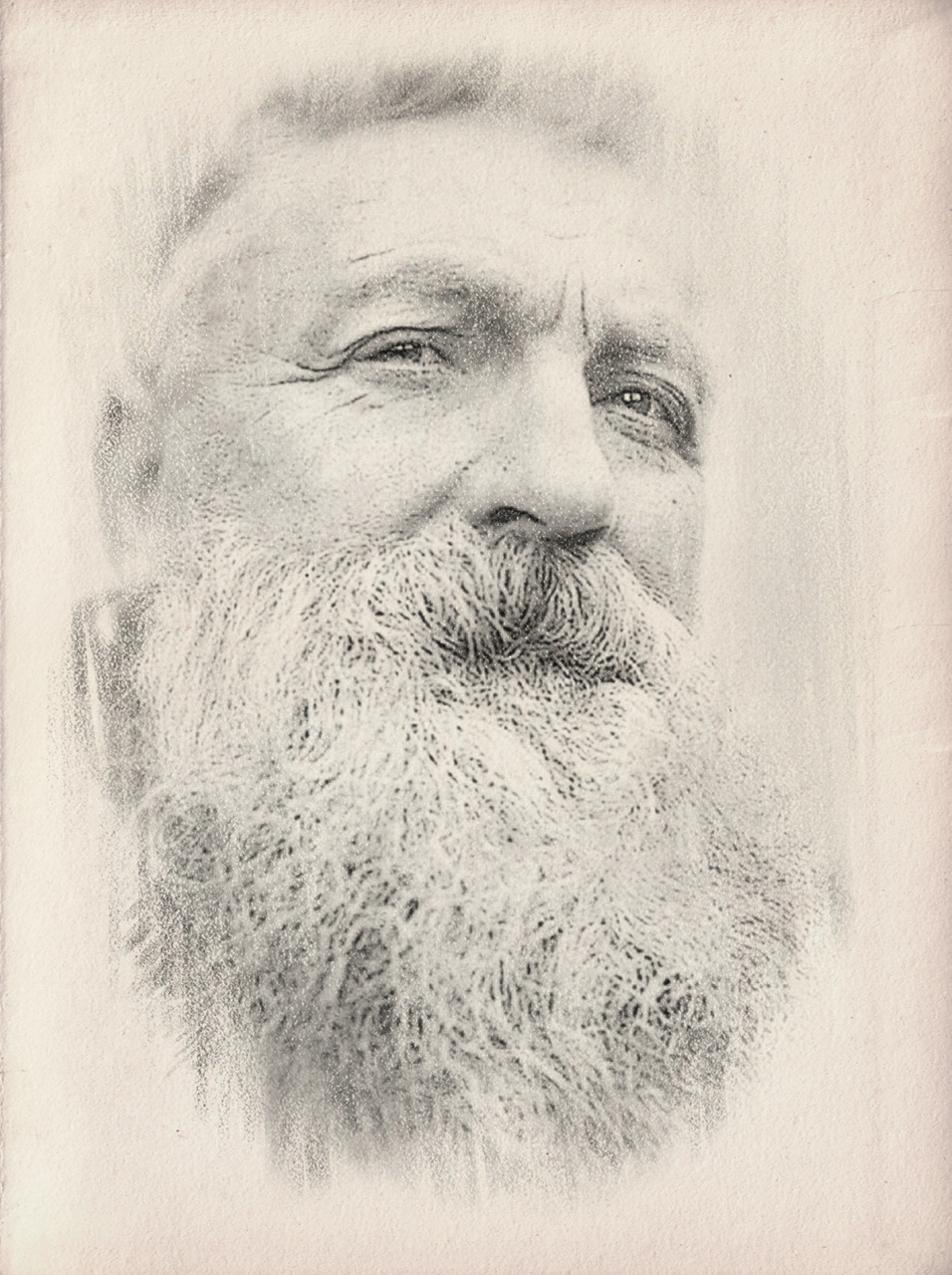
With almost the religious sincerity of a disciple, the young poet confessed to Rodin his ´feelings´ for him:
My whole life has changed since I learned of your existence, my Master, and the day I see you will be truly extraordinary (and perhaps the happiest) of my days. Unfortunately, there are no translations of my books, so I cannot hope that you will give them even a cursory glance; and yet, when I arrive, I shall present you with one or two of them in the original language, for it is important to me to know that some of my confessions will find their place among your things, in your possession, beside you, just as one leaves a silver heart on the altar of a marvellous martyr.
Hoping to find refuge with Rodin, the poet tried to convey to his future benefactor the intolerability of his bleak existence:
How tragic is the fate of those young people who feel that they cannot live without fulfilling their vocation to become poets, painters or sculptors, and who, without finding true guidance, plunge into the abyss of abandonment; because they do not rely on words or information in their search for an all-powerful master: they long for an example, for a warm heart, for hands that create greatness. It is to you that their hearts turn.
Nevertheless, on the 11th of September of that year, almost immediately, Rilke wrote the following words to his saviour with a sense of complete confidence:
You have helped me with your work, your word and all the eternal powers of which you are the Master.
What had happened in such a short time to the neurotic young man who, not long before, had seemed ´full of horror at everything called life´, and who was now ready to rise from the dead and discover in himself, like Rodin, an infinite wealth of discovery, inexhaustible youth and presence of mind, happiness found in truth?
An awakening, a true self-awareness.
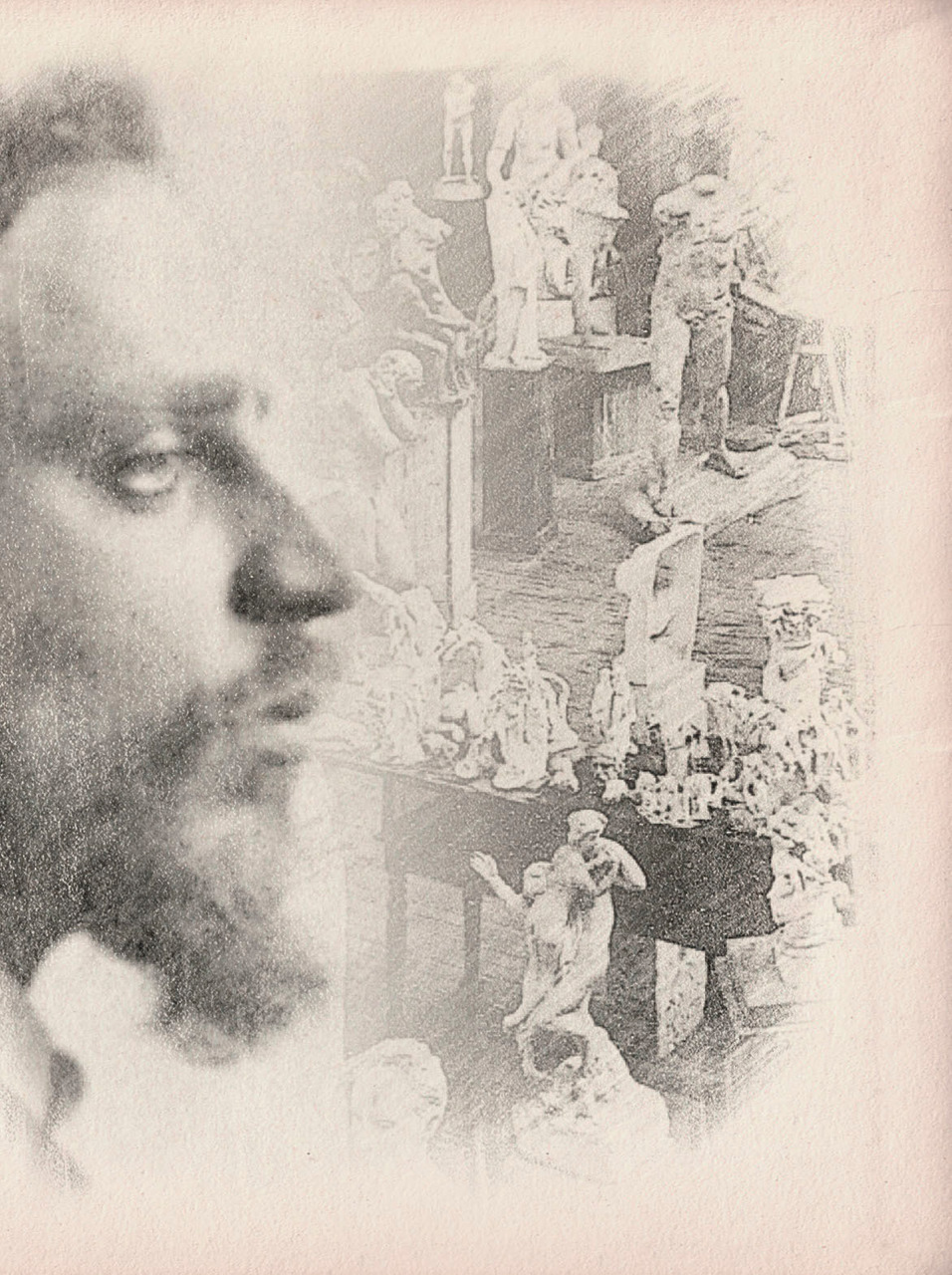
In the same letter to Rodin, Rilke explained in a few lines the nature of his miraculous metamorphosis:
It was yesterday in the silence of your garden that I found
myself. And now that the noise of the city is infinitely far from me, a deep peace reigns in my heart, in which your words tower like statues.
It is certain that Rilke, in his admiration, dissolved into Rodin, his teacher and idol, and found the peace he longed for under Rodin´s roof. To the poet´s credit, however, he soon overcame this part of his spiritual ego associated with Rodin and stepped out of the master´s shadow to become even more transparent and complete, ´like a diamond reflecting the light of truth´. And the proof of this was his incredible artistic rise, which opened a bright new chapter in his creative biography.
In a letter to his wife Clara dated 2 September 1902, Rilke described these first, momentous and ´immensely vast´ impressions of Rodin´s villa. Here is his brief account of the unique atmosphere that prevailed there and which allowed the poet to bid farewell to his ´tragic fate´, an account that begins rather prosaically and ends on a note of rejoicing:
At nine o´clock this morning I took the train to Meudon (it´s twenty minutes from Montparnasse station). The villa, which he [Rodin] himself called a little Louis XIII castle, is not beautiful. It has a red brick façade with three windows and a yellowish framework, a steep grey roof and tall chimneys. And the whole ´picturesque´ mess of the Val Fleury spreads out before it, a narrow valley where the houses are poor and look like those in Italian vineyards. (And there must be vineyards here too, because the steep, dirty road you are walking along is called rue de la Vigne…) Then you cross a bridge, another stretch of road, and pass a small osteria that also looks very Italian. On the left is the doorway. First, a long avenue of chestnut trees strewn with large pebbles. Then a small wooden gate. Another small wooden gate. Finally, you turn the corner of the little red and yellow house and find yourself in front of a miracle — a garden of stones and plaster. Then you turn the corner of the little red and yellow house and find yourself in front of a miracle — a garden of stones and plaster.
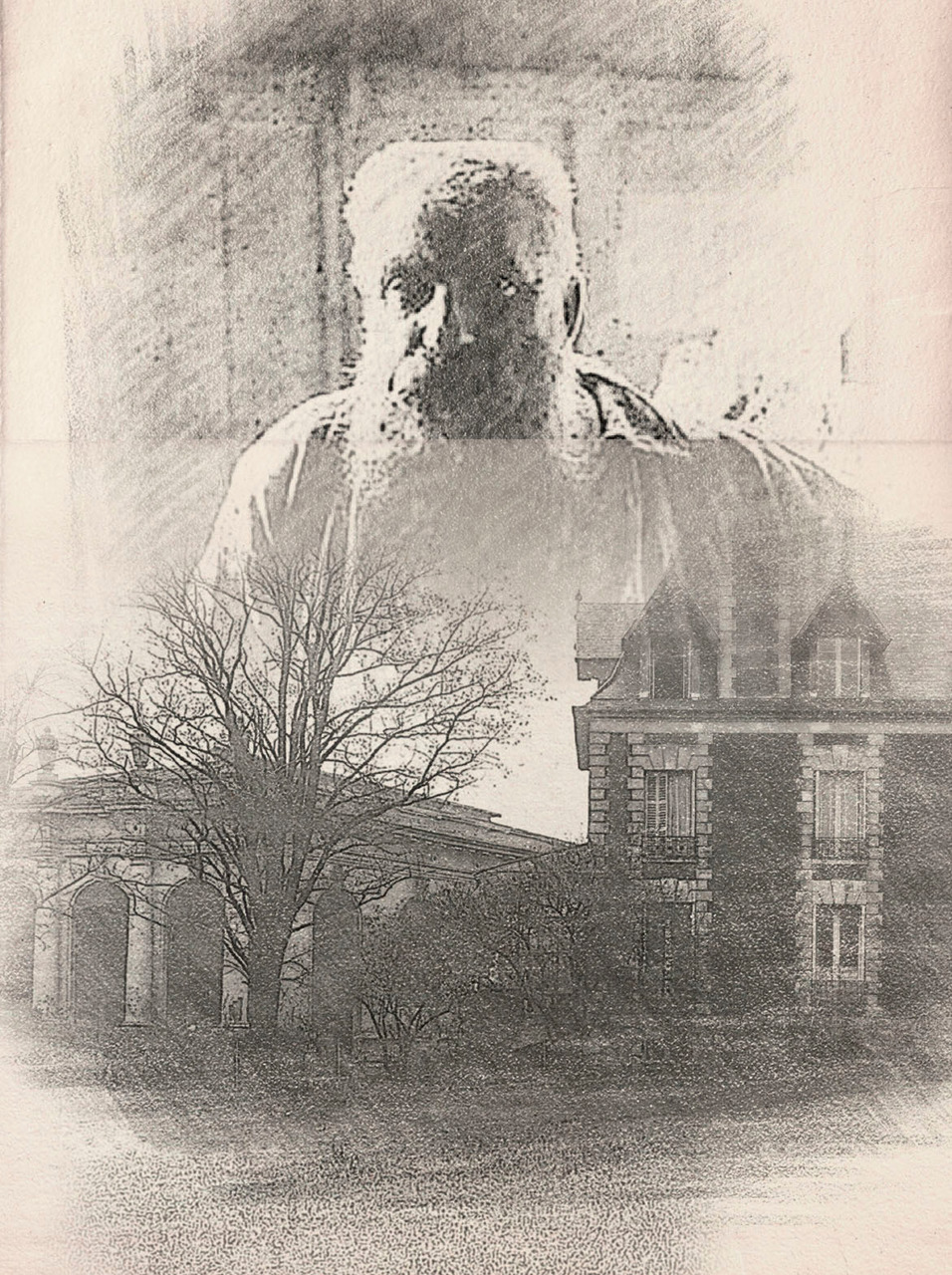
According to many visitors of the time, this garden captured their imagination forever, not only because it housed the sculptor´s unique collection of over 6,000 antiques, many of which were displayed in the open air, but also because it contained Rodin´s most important brainchild — his grand studio. After all, Rodin´s country studio was the famous Pavillon de l´Alma, built in 1900 in the centre of Paris, where the sculptor held his first solo exhibition, which was a resounding success. At the end of the exhibition, this famous pavilion was taken to Medon, where the sculptor´s tireless efforts transformed it into a single working environment which, in its unique integrity, began to reflect the true character of its demiurge:
His imposing pavilion, the same one that was on display at the Pont de l´Alma, has now been moved to the garden, which this structure seems to fill almost completely, along with several workshops where stonemasons and Rodin himself are at work. There are also rooms for firing clay and for all kinds of manual work.
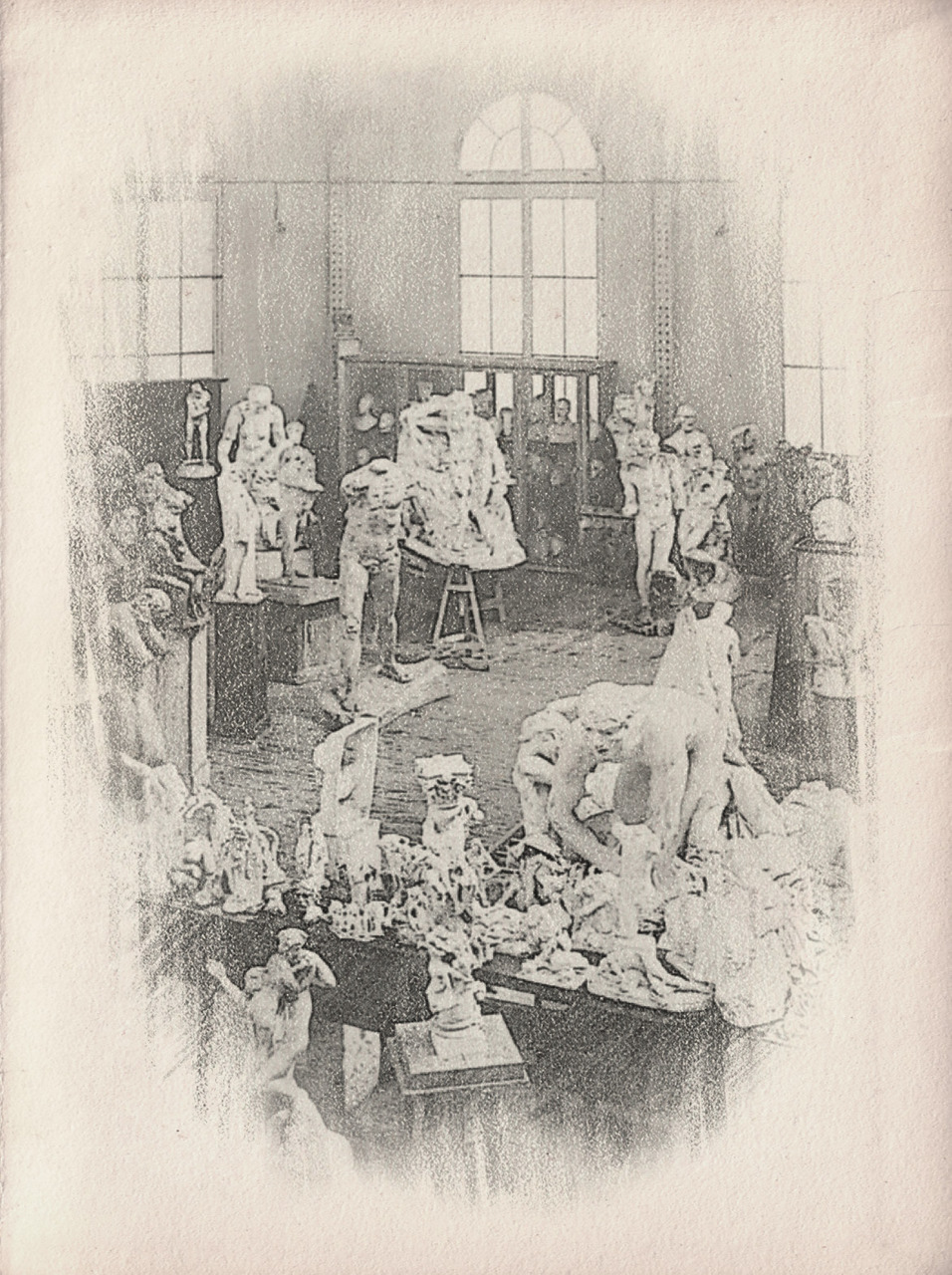
As we know, Rodin´s studio, when completed, was virtually a glass structure, in whose weightless, open volume, flooded with light from all sides, the great sculptor, like a creator from the Book of Genesis, created a surprisingly varied life, embodying his most ambitious ideas in plaster and marble. To achieve even greater effect, Rodin allowed his models to move freely around the studio, where they worked with a team of up to twenty different craftsmen and assistants. Friends, agents and many art lovers also had free access to Rodin´s workshops, where they could observe the first days of the creation of extraordinary sculptures, which, at the will of their rebellious creator, constantly ´broke out´ of the strict academic framework imposed on them. In the words of one visitor,
you don´t have to look around to realise that you are in the working environment of a creator who is obsessed with his ideas and almost indifferent to the world around him.
No wonder Rilke could not contain his astonishment when he peered into the depths of this fantastically fascinating world created by Rodin:
It is a huge and strange spectacle, this large, bright hall with white, dazzling figures peering out of numerous tall glass doors like the inhabitants of an aquarium. The impression is grandiose, overwhelming. Even before you enter you realise that all these hundreds of lives are one life, vibrations of
one power and one will.
Бесплатный фрагмент закончился.
Купите книгу, чтобы продолжить чтение.
